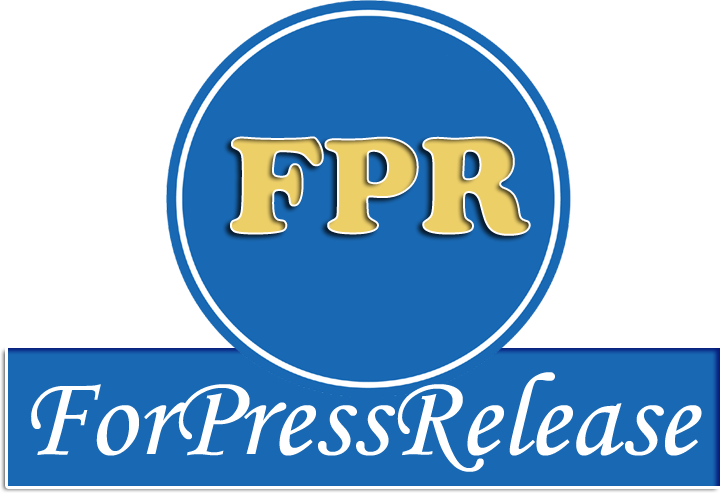- Beyond Business Virtual Assistants Announces Exclusive Promo for Three Kings Day
- Sumexus Launches Social Events Transport Service for Elderly in North Texas to Promote Social Engagement and Well-Being
- Luxota Launches White-label Xpert: Empowering OTAs to Elevate B2B Partnerships
- Farmley and Harshit Arora delight fans with ‘Tarbooz Date Bites,’ inspired by Daadu’s heartwarming wish
- Yugen Infra unveils Golf City Near Manohar International Airport GOA
- Corvids India Introduces Versatile and Durable Camping Tables for Outdoor Enthusiasts
- AAFT School of Hospitality and Tourism Presents Cuisines of Lithuania at the 17th Global Film Festival Noida
- The Portable Sealing Machines: Revolutionizing Global Commerce for a Sustainable Future
- Bureau of Debt Settlement Expands Access to Debt Negotiation Services for Financial Relief
- Exhibition of Still Photography Inaugurated at the 17th Global Film Festival Noida
- Matrix to Showcase Future-Ready Security Solutions at Intersec Dubai, 2025
- UK’s Leading Assignment Help Service Shares CIPD Success Tips
- UpgradeMySkill.com Partners with EXIN to Deliver Global IT Certification and Training Courses
- Launch and Jersey Unveil of 1st Edition of Golden Pagoda Marathon 2025
- RPost Expands E-Signature and E-Security Offerings for Insurance Groups with Key Updates
 Mail to a Friend Mail to a Friend |
|
     |
Global Food Encapsulation Market Driven by Changing Eating Habits with Increasing Economic Prosperity

Transparency Market Research presents a new market study that reports the progression of the global food encapsulation market for the 2013-2019 period. The report on the food encapsulation market brings to readers nuances as to why the market is witnessing exponential growth over the past few years. The report is titled, ?Food Encapsulation Market - Global Industry Analysis, Size, Share, Growth, Trends, and Forecast, 2013 ? 2019.?
Browse Full Report with TOC : http://www.transparencymarketresearch.com/food-encapsulation-market.html
In this report, vital market indicators such as drivers, challenges, and opportunities that will mark the development of the global food encapsulation market are evaluated. Also, the report looks into the competitive hierarchy of this market as it changes across North America, Europe, Asia Pacific, and Rest of the World regions.
Food encapsulation involves the incorporation of food ingredients into small capsules in order to retain the food?s flavor and to mask odors. The technique involves immobilizing cells, for instance, at the time of fermentation of products such as beer, wine, dairy, and meat. Spray drying, extrusion coating, liposome entrapment, inclusion complexation, rotational suspension separation, spray chilling or spray cooling, fluidized bed coating, coacervation, and centrifugal extrusion are the techniques used for food encapsulation.
The report points out the various reasons that are directly or indirectly aiding the progression of the food encapsulation industry. First and foremost, due to increasing economic prosperity worldwide and access to a host of communication mediums, food habits of consumers have changed notably. From traditional fare that requires sit-down eating, consumers are moving towards the consumption of functional foods suitable for urban dwellers. Functional foods are either fresh or processed foods that prevent the growth of microorganisms and also supply essential nutrients. Thus, to cater to the diversifying food tastes, food encapsulation comes into play for stabilizing food ingredients.
Enquiry before Buying @ http://www.transparencymarketresearch.com/sample/sample.php?flag=B&rep_id=1343
In addition, the increasing preference for healthy food not compromising on the taste factor can also be attained using food encapsulation. Food encapsulation finds extensive use in confectionery items such as candies and chewing gums, wherein encapsulated sweeteners are needed to retain sweetness for long periods of time. However, food encapsulation has certain limitations as well, which restrain the growth of this industry. To maintain the stability of encapsulated food at the time of processing and packaging is a major limitation of food encapsulation.
On the basis of type, segments of the food encapsulation market are microencapsulation, hybrid technologies, and nanoencapsulation. Microencapsulation has an attractive cost-factor and also offers flexibility and versatility ? the reasons for the preference of this technique over hybrid technologies and nanoencapsulation.
Top players that operate in the global food encapsulation market are ABCO Laboratories Inc., Aveka Group, Cargill Inc., Encapsys Microencapsulation, FrieslandCampina Kievit, GAT Food Essentials GmbH, Advanced BioNutrition Corporation, Balchem Corporation, Blue California, Coating Place Inc., and Firmenich Inc. among others.
Company :-Transparency market Research
User :- Amy James
Email :-pradnya@transparencymarketresearch.com
Phone :-15186-518-6181030
Mobile:- 518-6181030
Url :- http://www.transparencymarketresearch.com/food-encapsulation-market.html











